
Originally Posted by
teotp

These are the reasons I wonder whether should it be under the genus Pithecops, and without examine the venation, genitalia, upperside, androconia, size where can I place it? Besides, the patterns on underside hindwing also looks different to me for P. corvus corax. I just have to base on the secondary features and report from Vane-Wright & R. de Jong(2003). I have not considered the phenotypic plasticity yet. Any suggestion from you?
Yes, Vane-Wright and R. de Jong also stated P. corvus corax range from Java, western Lesser Sunda Islands, Borneo, Philippines and Kep. Taluad.
Teo T P





 Reply With Quote
Reply With Quote

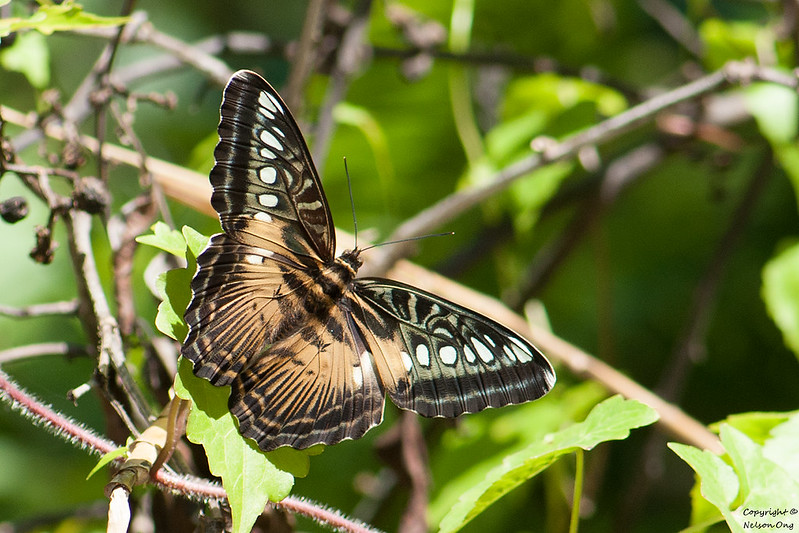
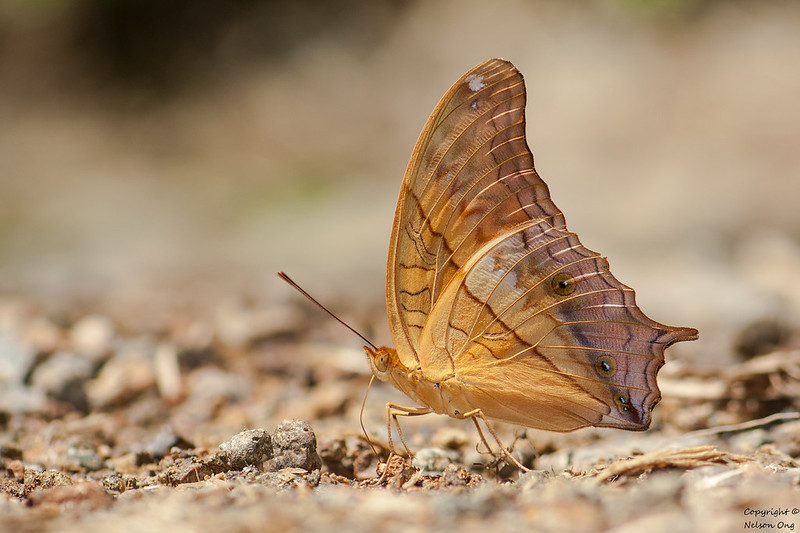
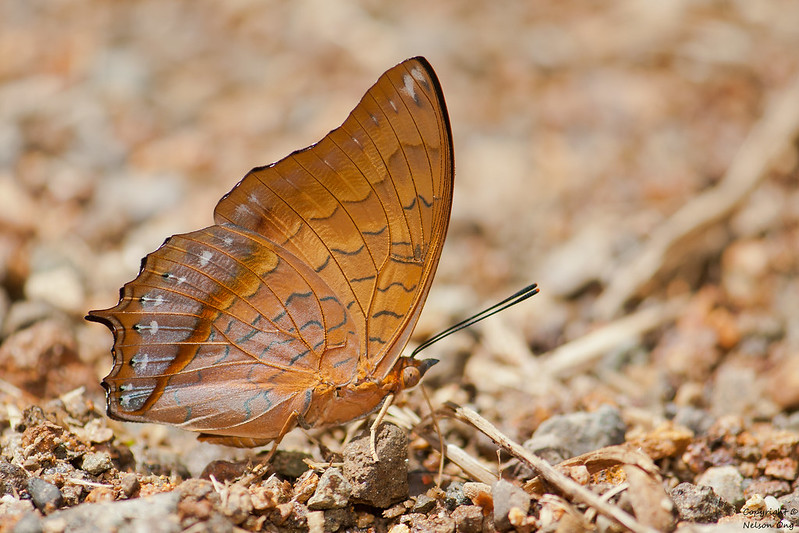
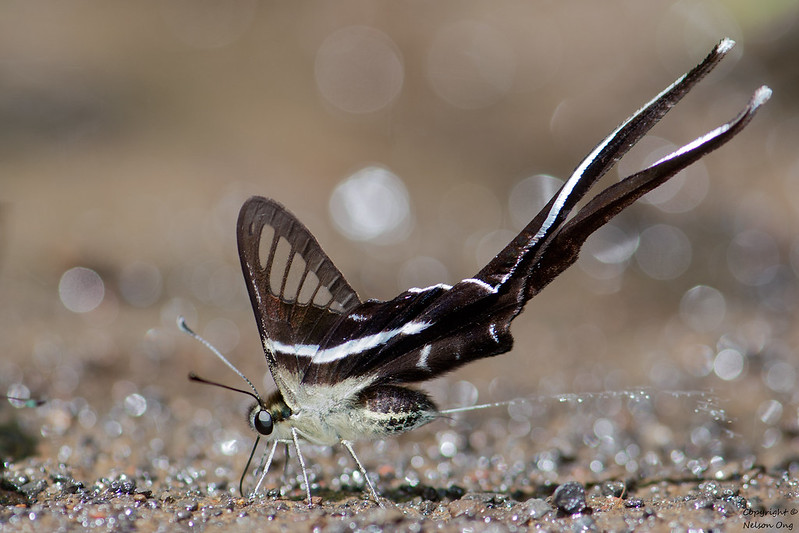
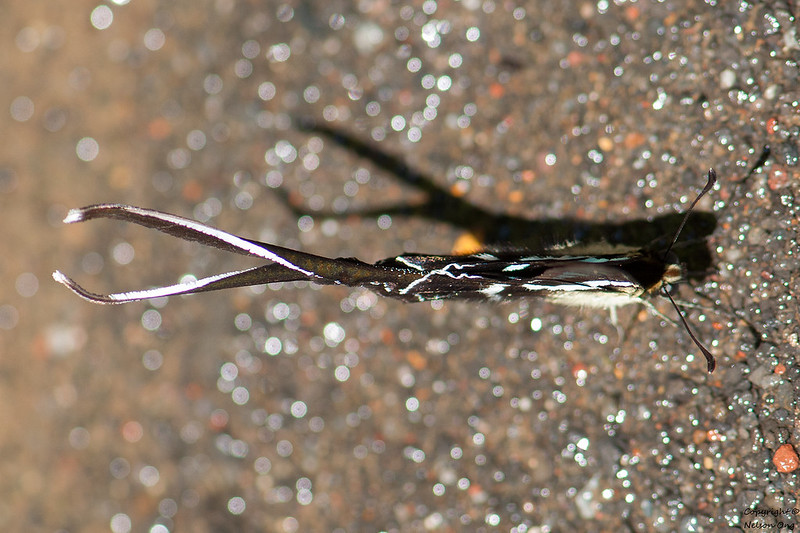







 -
-